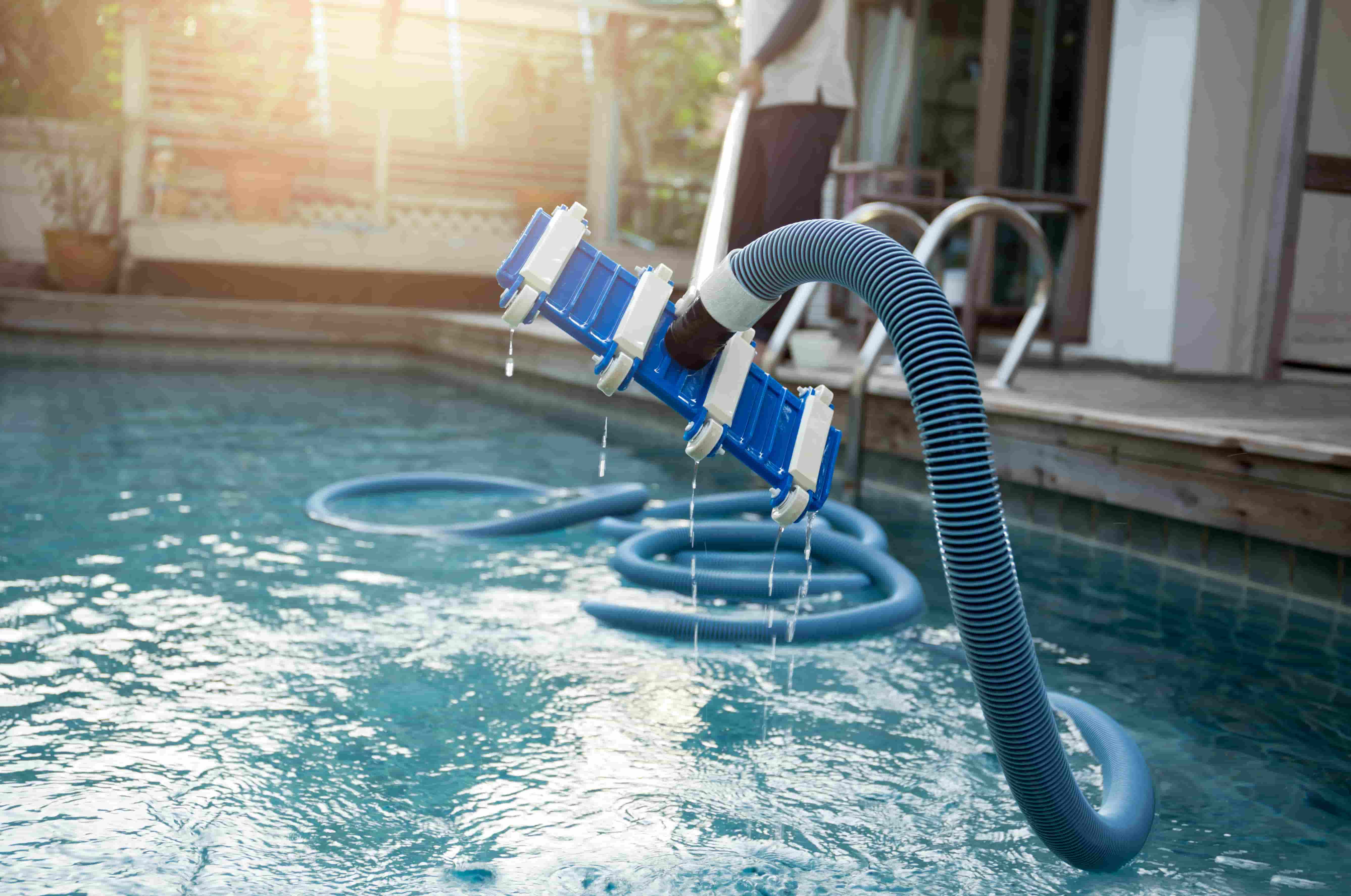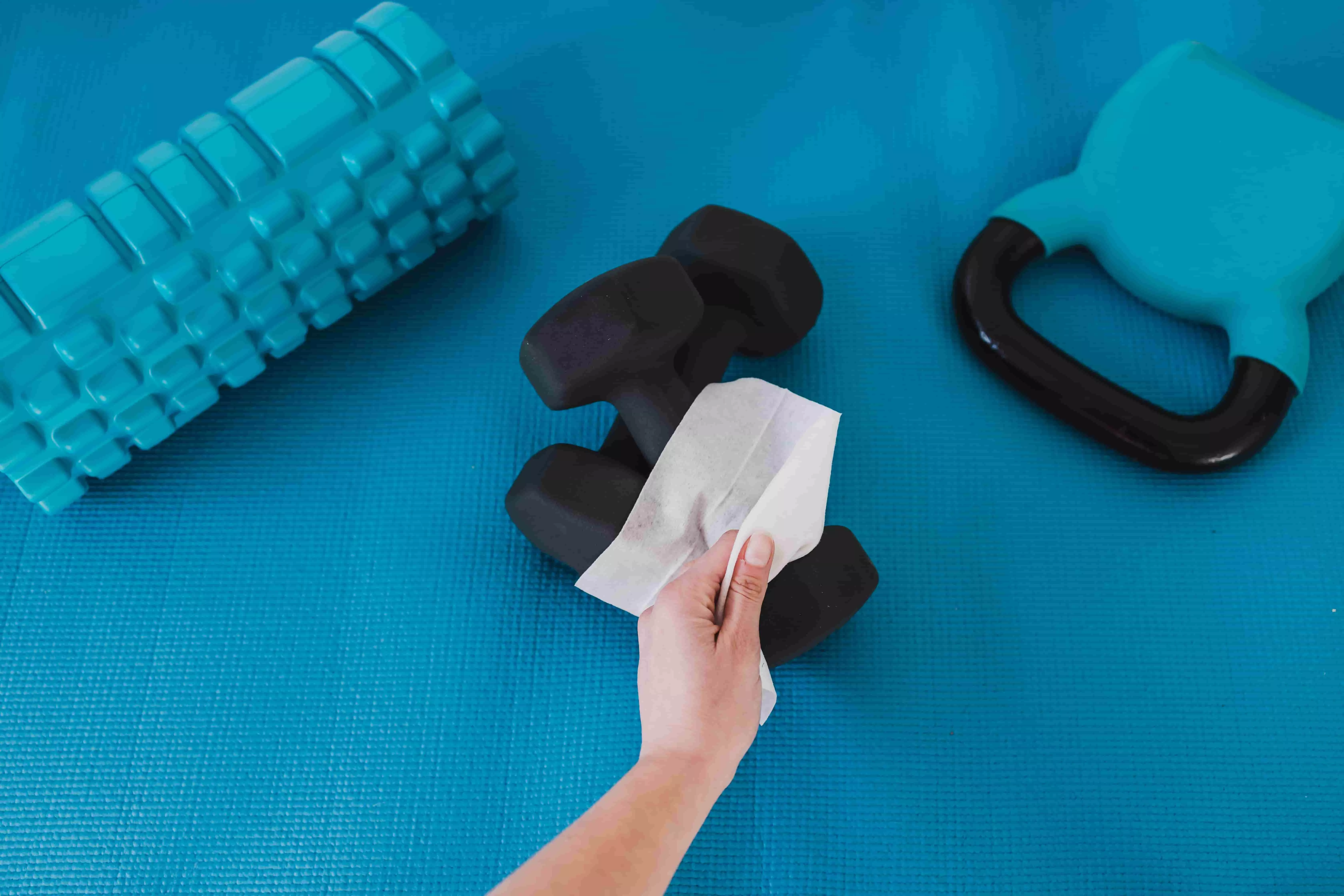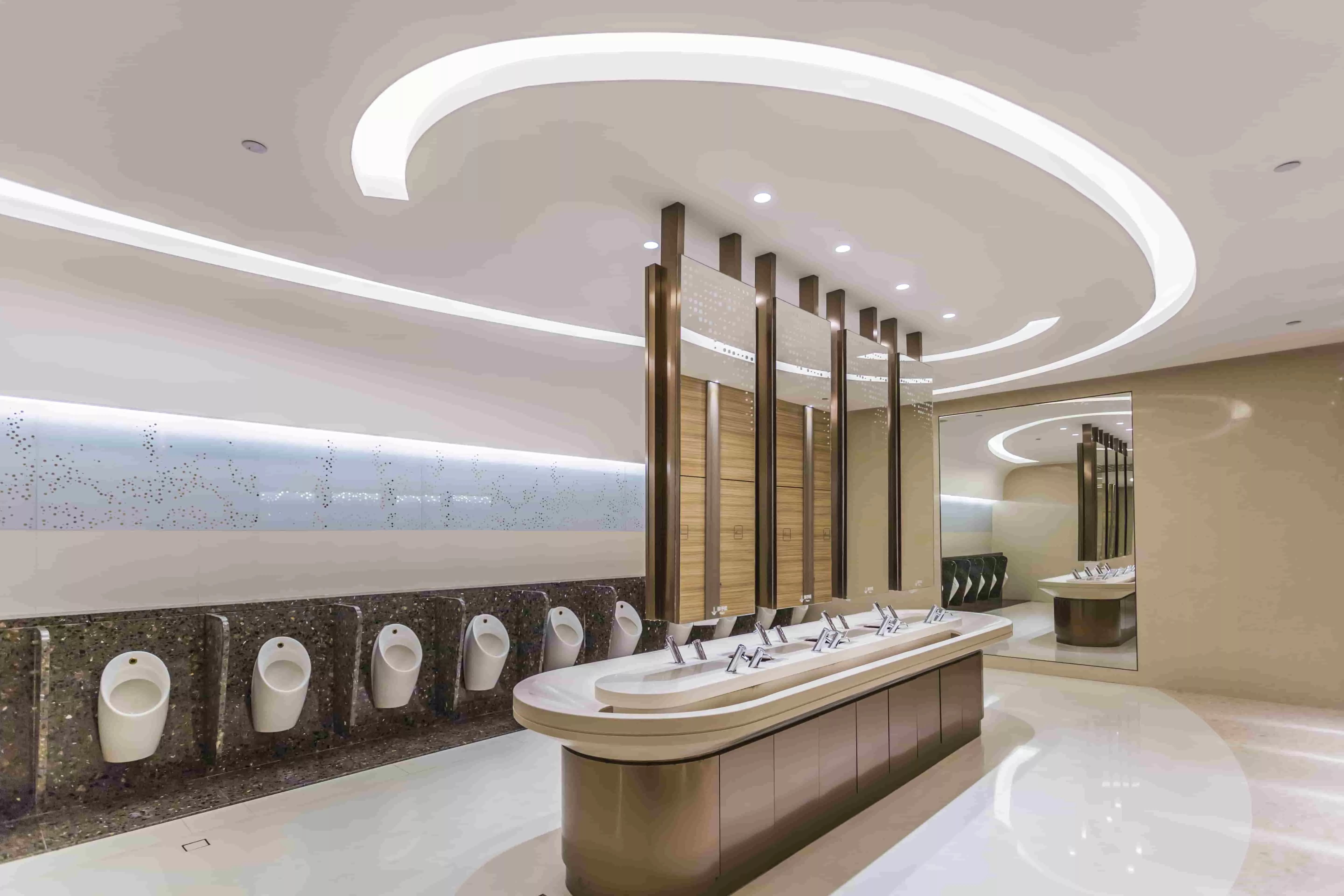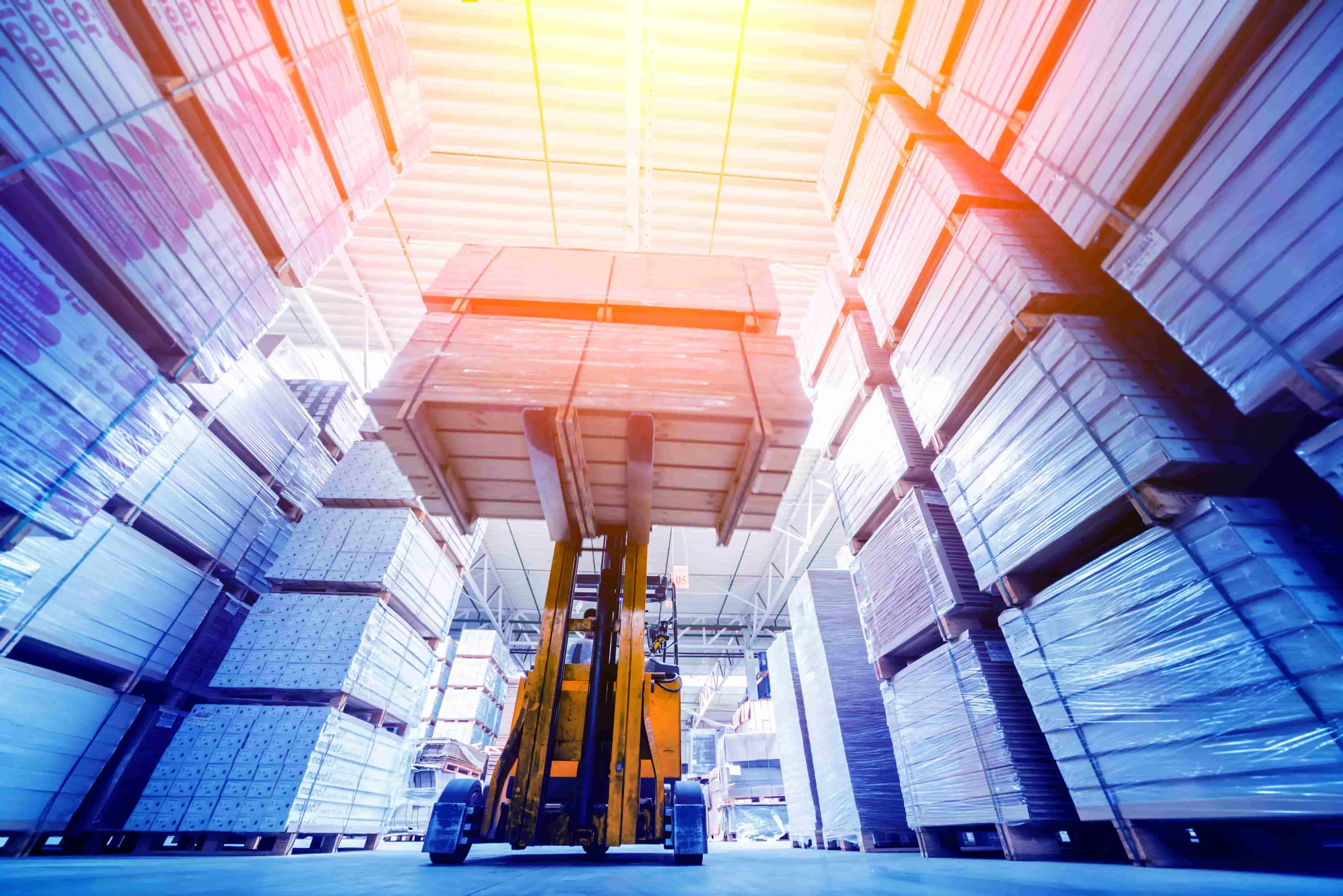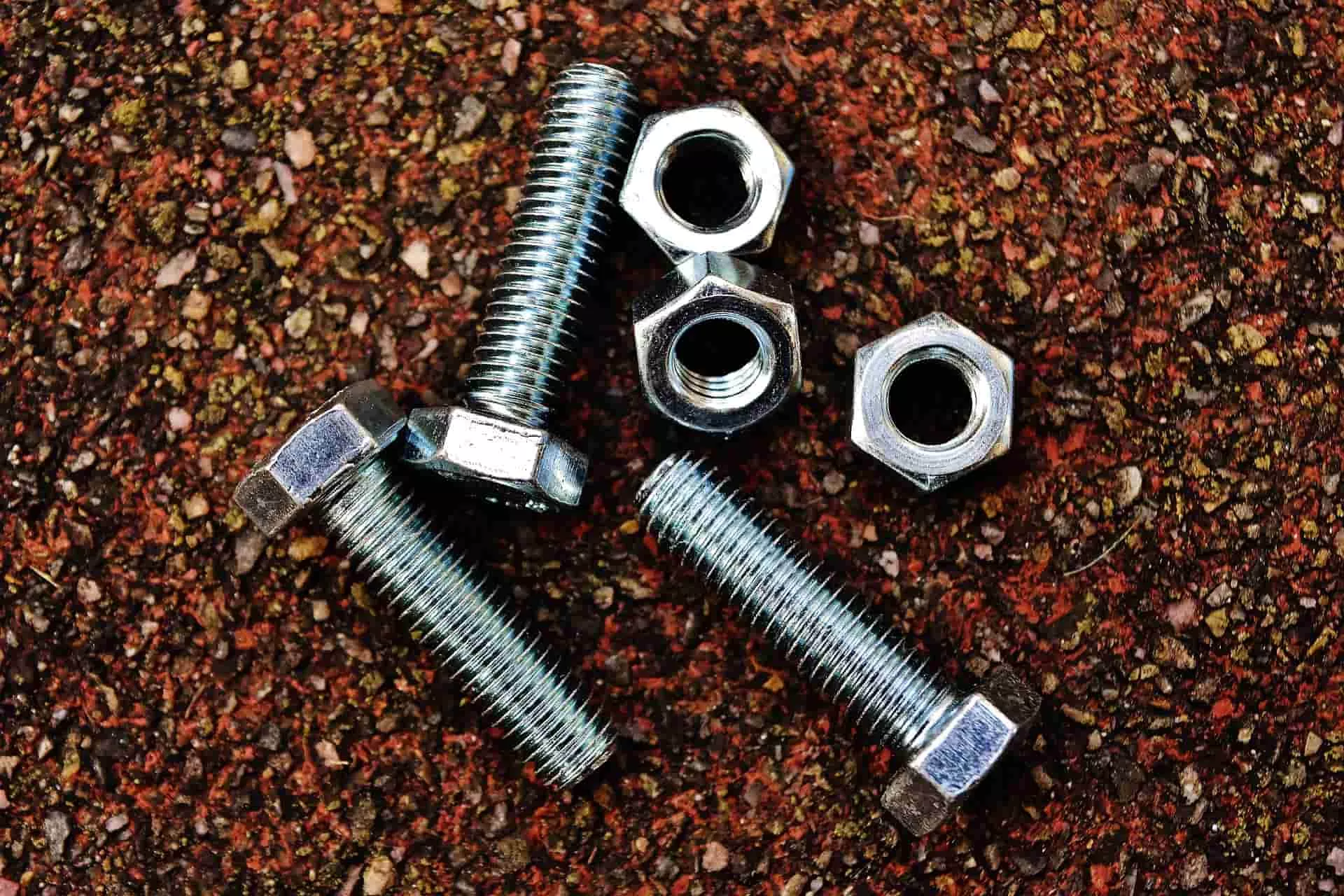Common Tools Used in Welding
Welding is a challenging skill to master and requires access to the right tools and
equipment.
Here’s a look at some of the most common tools used in welding:
Welding Helmet – Also known as hoods, welding helmets are designed to protect
your
face, neck, and eyes from sparks, flash burns, and infrared and ultraviolet rays.
Welding Jacket – A welding jacket is constructed from fire-resistant materials to
protect welders from metal splatter and high heat.
Welding Gloves – Thick welding gloves are essential to protect the welder’s hands
from high heat. There are two main types of welding gloves: TIG welding gloves and MIG &
Stick welding gloves.
Ear Protection – Welders wear ear protection to protect their ears from the
prolonged, loud sounds of welding.
Safety Glasses – Safety glasses are worn to protect the welder’s eyes from
optical
radiation and heat generated during welding.
MIG Welding Pliers – This type of plier has several uses. They can help remove
the
nozzle from NIG guns, loosen and tighten the contact tips, and remove weld splatter from
inside the nozzle.
Welding Magnets – One of the most versatile tools a welder can have in their kit
is welding magnets. Welding magnets are used to hold pieces of metal together without
the
use of clamps.
Chipping Hammer – MIG or stick welding can result in the condensation of slag as
the metal melts and forms. This slag will often need to be chipped away using a chipping
hammer.
Welding Framing Jig – A welding framing jig provides the welder with extra
support
while welding. It also allows for heavy pieces of metal to be used.
Metal Brush – Welders often use metal brushes to help remove slag and charring
from cooled welds to create a clean appearance.
Speed Square – Speed squares are frequently used by welders for 90-degree cuts,
measuring, or similar activities.




